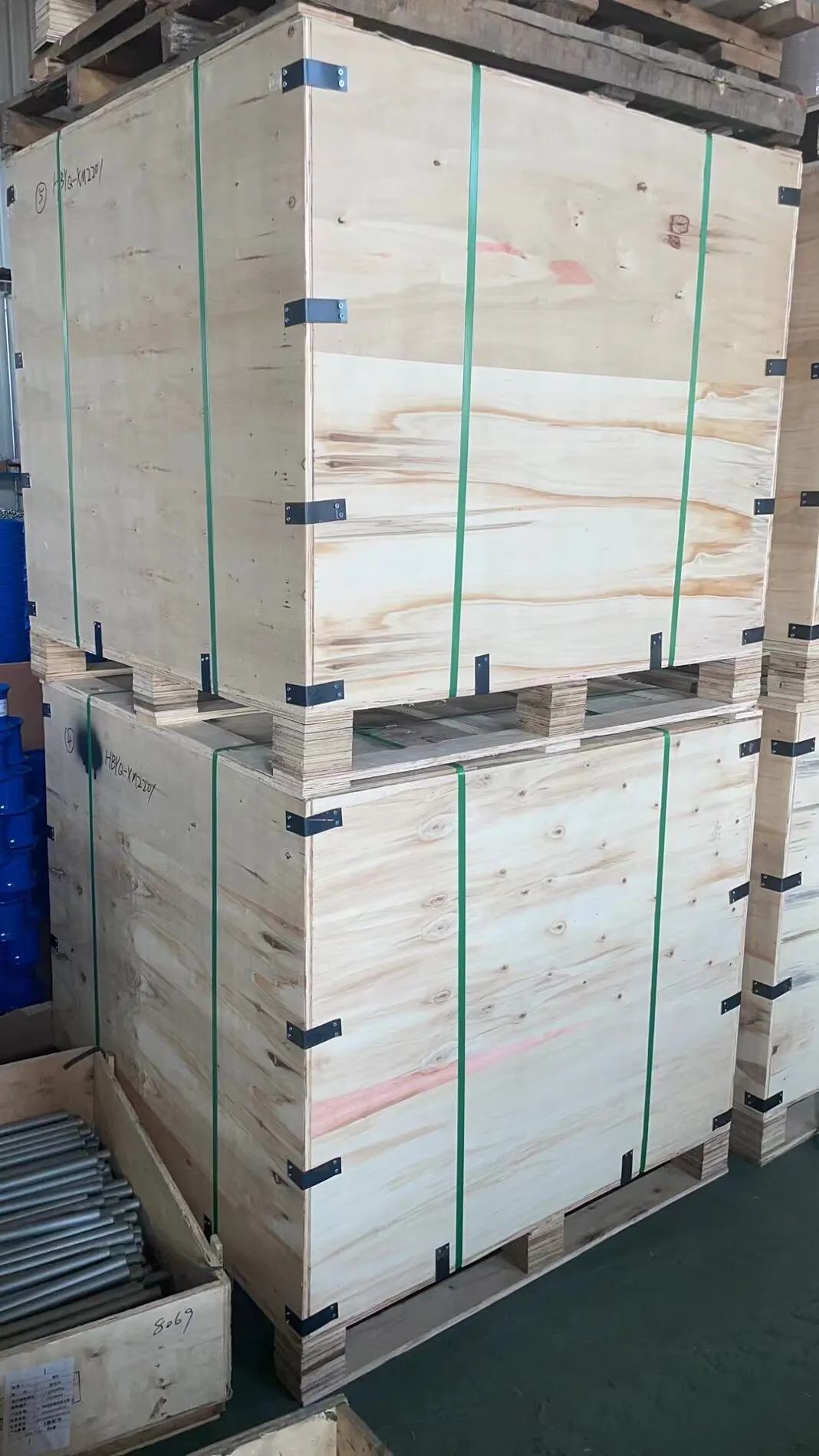manual air release valve
Understanding Manual Air Release Valves
Manual air release valves are critical components in many hydraulic and pneumatic systems, ensuring optimal performance and preventing issues related to air entrapment. These valves serve a specific purpose to eliminate trapped air that can accumulate in a piping system, which can lead to inefficiencies, decreased capacity, and potential damage to equipment. In this article, we will explore the principles, applications, and benefits of manual air release valves.
What Are Manual Air Release Valves?
Manual air release valves are designed to facilitate the release of air that has become trapped within pipelines, tanks, or hydraulic systems. They typically consist of a housing equipped with a valve body, a seal, and an actuator mechanism, which can be manually operated. The valve remains closed during normal operations to maintain system pressure but can be opened when necessary to vent accumulated air.
How They Work
The operation of a manual air release valve is straightforward. When air gets trapped in a system, it can cause uneven pressure and reduce the efficiency of fluid movement. To resolve this, an operator can manually open the valve, allowing the trapped air to escape. Once a steady flow of liquid is observed or the air has been sufficiently released, the valve can be closed. This process helps maintain the integrity and performance of the system, ensuring that the fluid dynamics are optimal.
Key Applications
Manual air release valves find applications in various industries, including water treatment, agricultural irrigation, pneumatic systems, and hydraulic machinery. In water supply systems, for instance, they are often installed at high points in the pipeline to allow for the release of air that can accumulate due to changes in pressure or flow rates. In hydraulic systems, these valves help to maintain system efficiency by preventing cavitation and ensuring smooth operation.
manual air release valve

Benefits of Manual Air Release Valves
2. Enhanced System Efficiency Maintaining the proper fluid flow and minimizing air pockets ensures optimal operation, which can lead to energy savings and improved performance.
3. Ease of Use Manual air release valves are typically simple to operate, requiring only basic training for personnel. This user-friendly characteristic makes them accessible to a wide range of operators.
4. Cost-Effective Maintenance Regularly venting air through these valves can lead to significant savings in maintenance costs over time by reducing wear and tear on systems.
Conclusion
In conclusion, manual air release valves play an essential role in maintaining the operational efficiency and reliability of hydraulic and pneumatic systems. By effectively eliminating trapped air, these valves help prevent damage, enhance performance, and simplify maintenance. Understanding their function and importance can lead to better management of fluid systems in various industries, ultimately promoting more efficient and sustainable operations. As technology advances, the design and function of these valves continue to evolve, offering even greater benefits to users.
-
Square Sewer Cover Enhances Urban SafetyNewsAug.01,2025
-
Pipe Fitting Requires Precise AlignmentNewsAug.01,2025
-
Manhole Step Is DurableNewsAug.01,2025
-
Manhole Cover Is Found WorldwideNewsAug.01,2025
-
Hole Cover Frame On RoadsNewsAug.01,2025
-
Gully Grate Improves Road SafetyNewsAug.01,2025
-
Man Hole Cover Round Load CapacityNewsJul.31,2025
